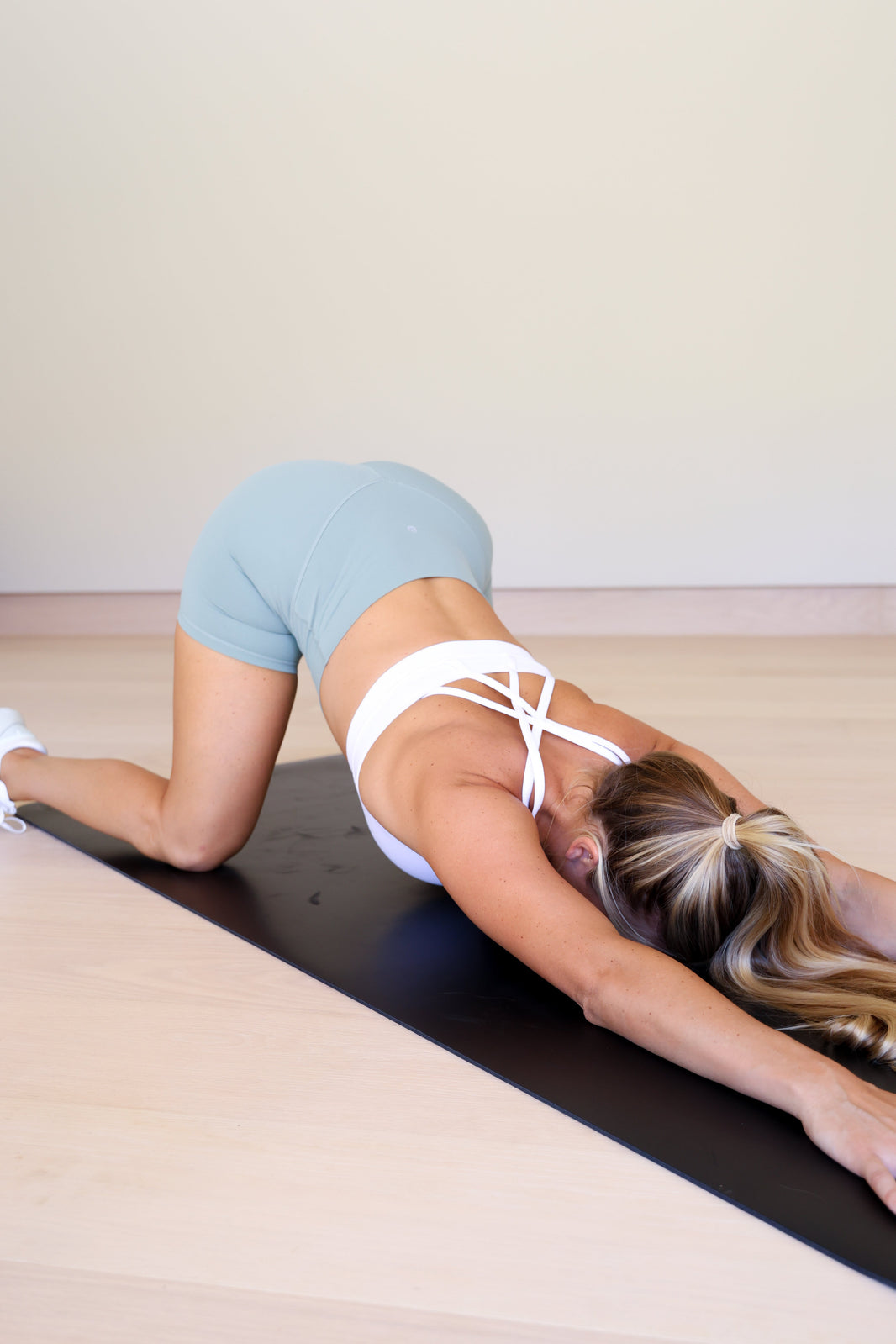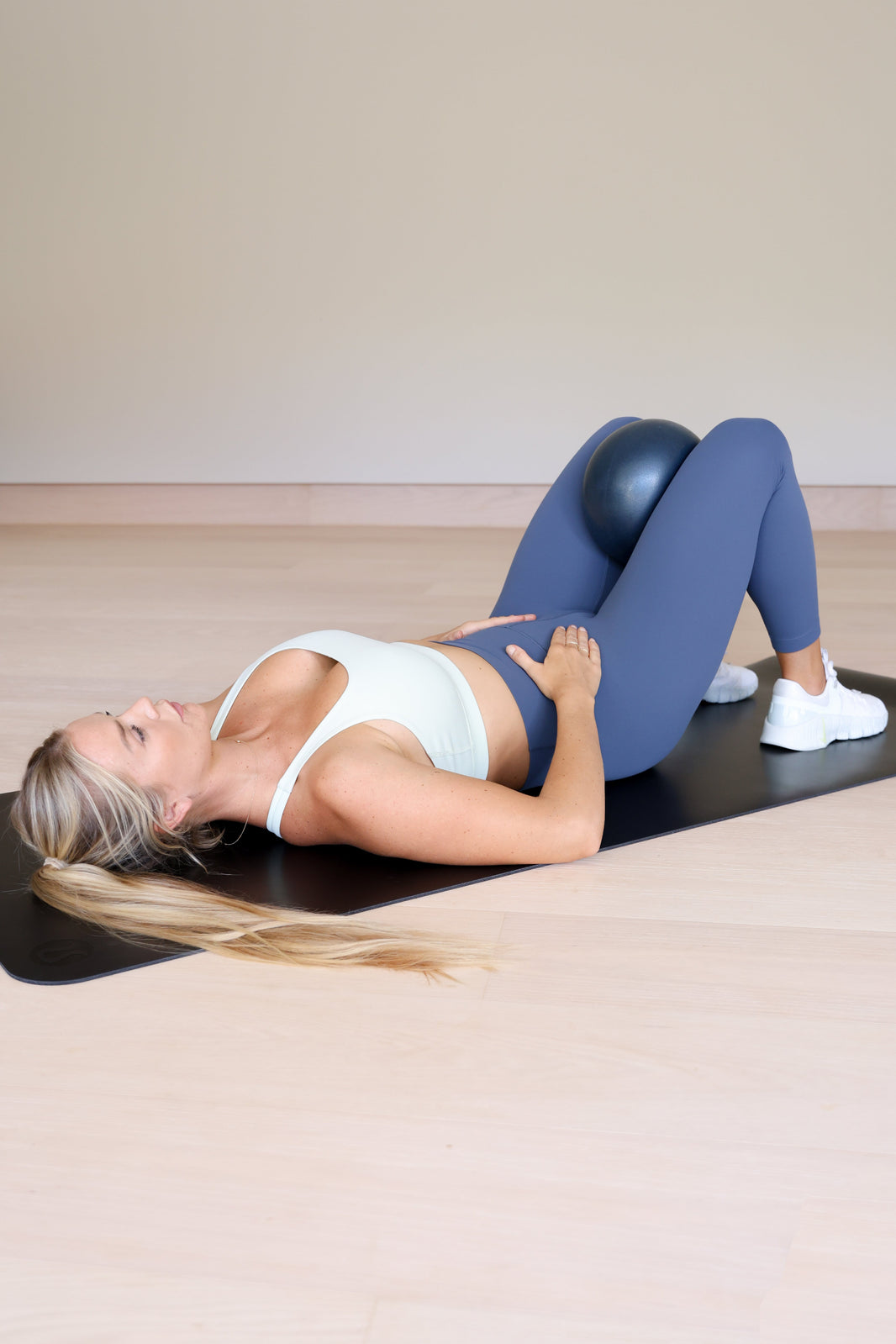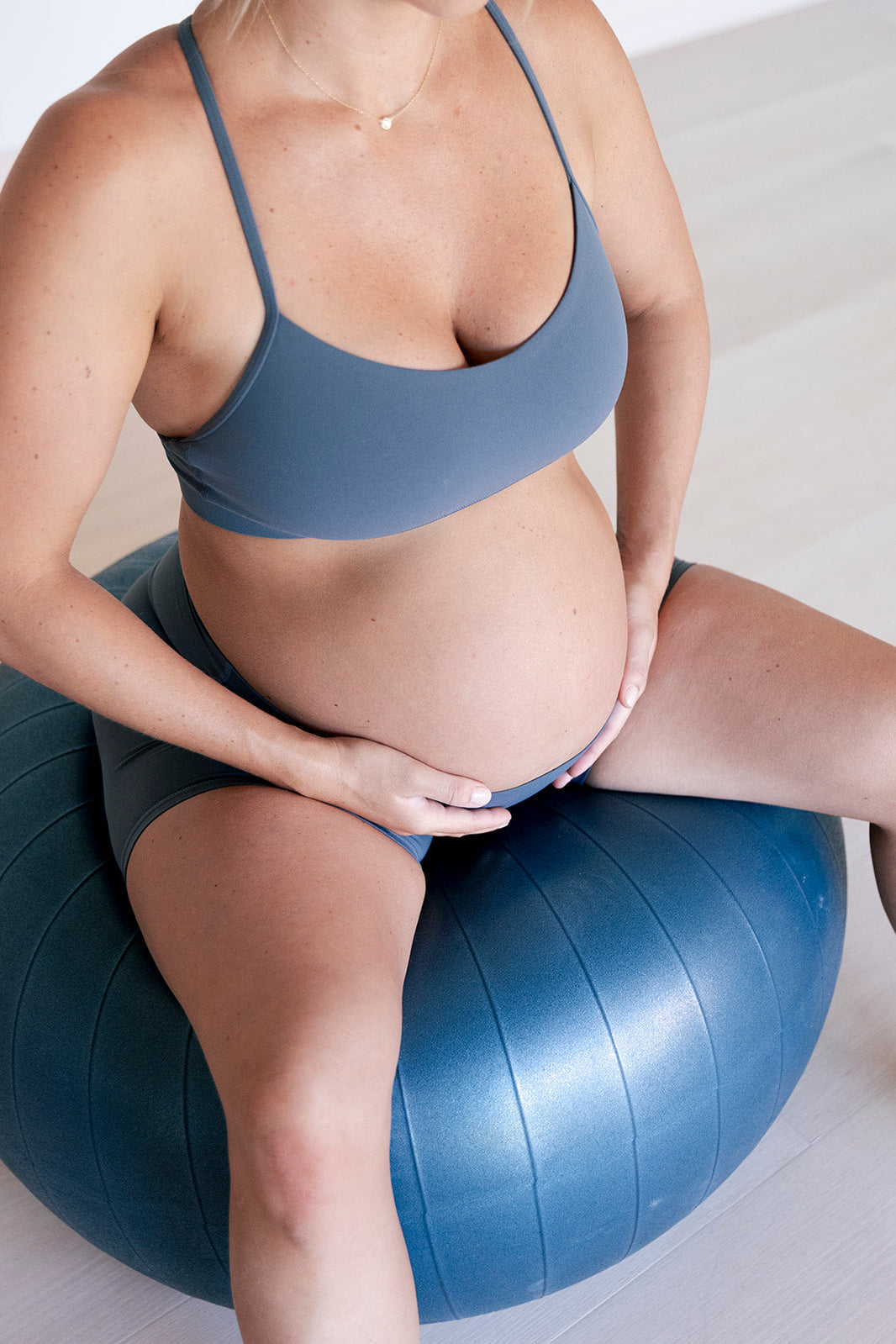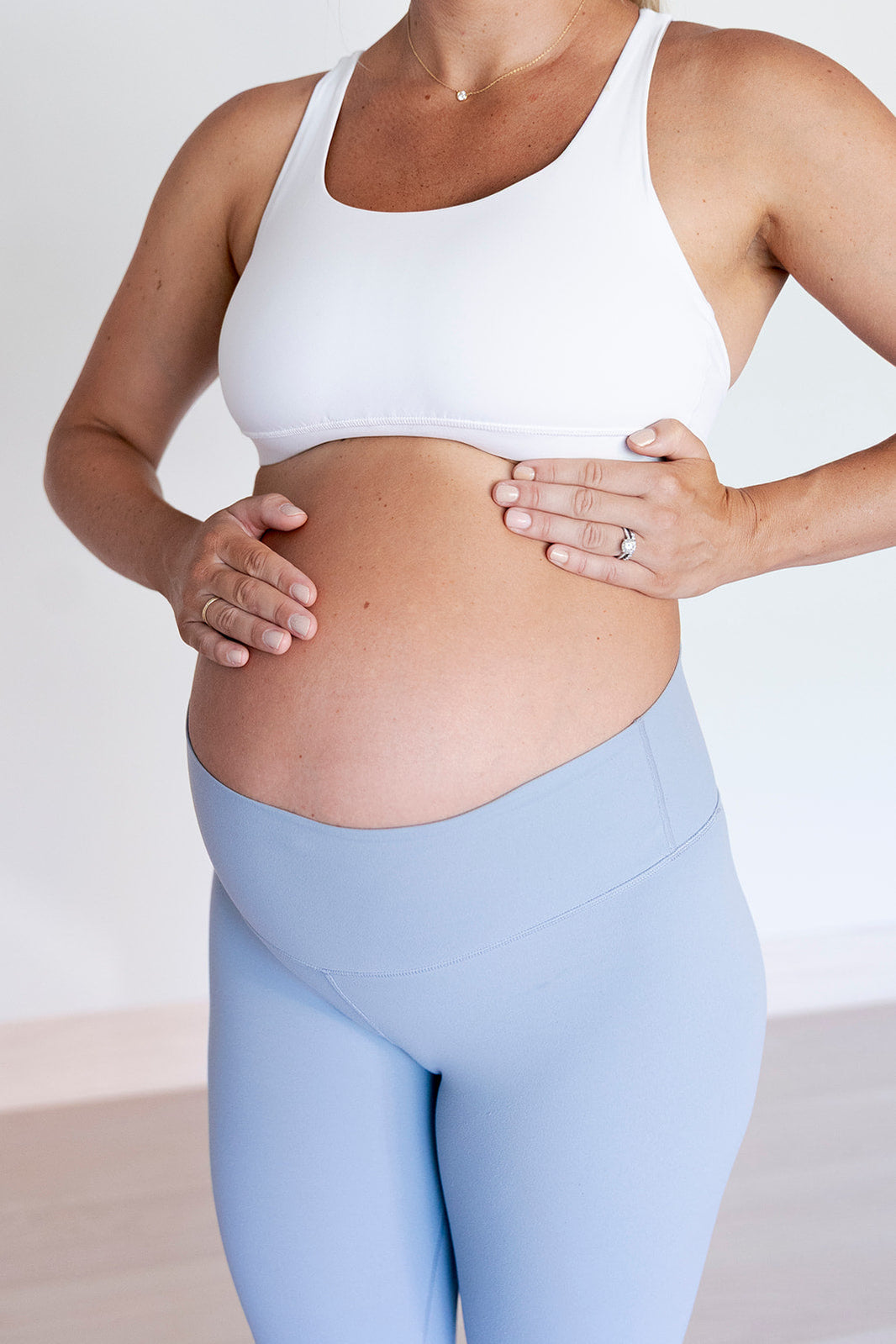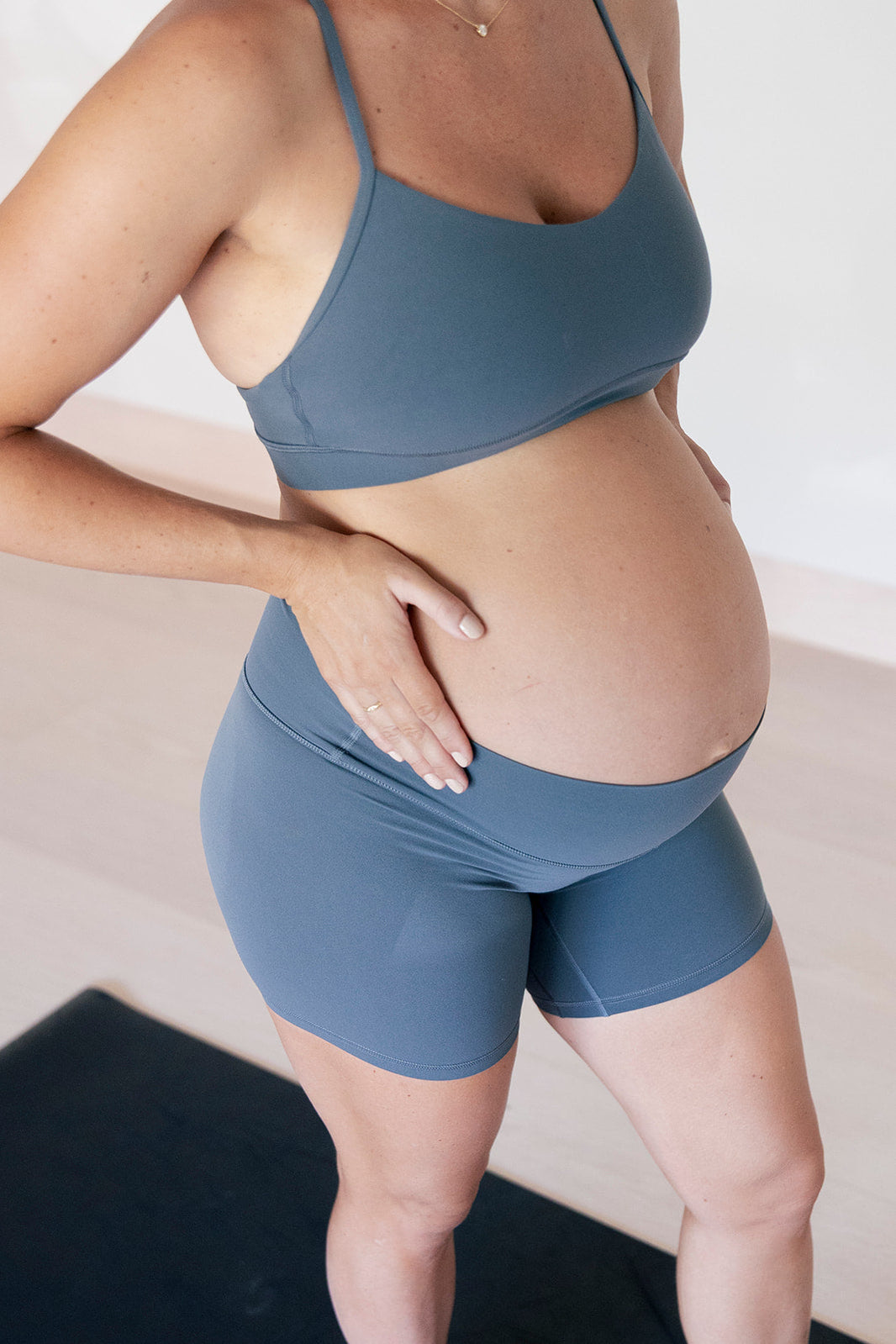By Dr. Anya, Pelvic Floor Physical Therapist
If you’re in the early days, weeks, or even months postpartum, I want to start by saying this: You are doing an incredible job. Whether you had a vaginal delivery, a C-section, an uncomplicated birth, or a challenging one—your body has gone through something monumental. And if you're wondering when or how you can begin to feel strong in your core again, you're not alone.
Many of the mommas I work with ask questions like, “Why does my core feel so weak?” or “Will I ever be able to do sit-ups again?” These fears are real and valid—but I want to encourage you with this: you are not fragile, and your core is absolutely capable of healing, rebuilding, and working hard again.
Your core is more than just your abs—it’s a deep, supportive system that includes your diaphragm, pelvic floor, deep abdominal muscles (like your transverse abdominis), and your back stabilizers. It’s the powerhouse that supports your spine, posture, breathing, movement, and pelvic health. And postpartum recovery isn’t about getting back to how things “used to be”—it’s about reconnecting with that system and building a foundation that’s even better.
You don’t need to fear core exercises. You don’t need to avoid sit-ups forever. You just need to know where to start—and how to progress smartly.
Why Your Core Feels “Different” After Birth
Let’s take a quick moment to understand why your core might feel weak, unsteady, or disconnected after pregnancy and birth. During pregnancy, your abdominal muscles stretch to make room for your growing baby. This includes the rectus abdominis (your “six-pack” muscles), which often separate to allow for that growth. This is called diastasis recti—and most women will experience some level of it in the third trimester or early postpartum.
This separation involves a thinning or widening of the linea alba, the connective tissue that runs between the two halves of your six-pack. While that sounds alarming, it’s actually a normal and adaptive response to pregnancy. What’s important is not just the gap, but how well the tissue tension and coordination recover over time.
At the same time, your breathing mechanics shift. The growing uterus pushes up into your diaphragm, and your ribs often widen and flare outward during pregnancy, your posture may change, and your pelvic floor takes on increased pressure and stretch from carrying and delivering your baby. All of this affects how your core muscles fire and coordinate—making them feel “offline” after birth.
So when you’re in that early postpartum stage and your core feels like it’s not there? It’s not that it’s gone—it just needs some gentle guidance to reconnect and rebuild.
Where to Start: Early Core Recovery (0–4/6 Weeks and Beyond)
In those early day/ weeks postpartum—once bleeding is decreasing, pain is manageable, and you feel ready to move—it’s all about foundations. And that foundation is breath.
We start with 360-degree breathing—expanding through the ribs, sides, and back of the rib cage on inhalation and falling on exhalation. This not only helps reengage the diaphragm (which works closely with your core and pelvic floor) but also reduces pressure that might push down on healing tissues. Each exhale becomes an opportunity to gently reconnect to your deep core and pelvic floor.
We also start to bring awareness to alignment and posture. Sitting, standing, lifting baby, feeding positions—all of these create habits that either help or hinder healing. By learning to move with better posture and intentional breath, you set the tone for recovery throughout your day—not just during exercise.
Here are a few movements I recommend in those early weeks:
360° Breathing: Lying on your back or side with knees bent, hands on your rib cage, practicing slow, expansive breathing into all parts of your rib cage
Deep Core + Pelvic Floor Engagement: On the exhale, gently lift your pelvic floor (as if stopping gas or urine) and lightly draw your lower belly in by pulling your 2 front hip bones together—without holding your breath.
Heel Slides: Gently extending one leg at a time while maintaining pelvic and core activation using your exhalation.
Glute Bridges: Lifting hips with exhale and core engagement—great for reconnecting glutes, hips, and core.
Side-Lying Clamshells and Leg Lifts: Begin to build hip stability and lateral strength.
These exercises aren’t about intensity—they’re about reconnection, coordination, and control. This may not be the time for crunches or planks—but it is the time to lay a solid foundation that everything else can build on.
Progressing Smart: The Core is Meant to Work Hard
Once you’re around 4–6 weeks postpartum (and often after your postpartum check-up), and your symptoms are minimal—no increased bleeding, no pelvic heaviness, no urinary leakage—it may be time to start progressing your movements.
You don’t need to stay in “rehab mode” forever. Your core is meant to work hard—it just needs the right progression. Think of this like strength training for a healing system. You wouldn’t start back at your heaviest lifts right away, but you would start rebuilding strength with good mechanics and gradually increased challenge.
Some of my favorite next-step exercises include:
Quadruped Bird Dogs: Help build core coordination with movement and light load.
Seated Physioball Marches: Reinforces pelvic stability and core control in upright positions.
Wall Sits with Breath Engagement: Adds strength to the lower body while maintaining core awareness.
Pallof Press and Carries: Introduce anti-rotation work to train the core in its functional role—stabilizing your trunk while your limbs move.
These movements prepare your body for real life—lifting baby, carrying groceries, moving through the world. We’re re-teaching your core to respond, support, and stabilize—not just lie dormant.
Let’s Talk About Sit-Ups (and Other Misunderstood Movements)
This is the part I love diving into: you do not need to avoid sit-ups forever and you may want to return earlier than you think.
There’s so much fear around movements like sit-ups, planks, or lifting postpartum—and while I completely understand where that caution comes from, avoiding these movements long-term doesn’t serve your healing. In fact, training these movements intentionally is part of a complete recovery.
Sit-ups are not the enemy. They’ve just been mistimed and misused. Doing aggressive sit-ups too early—before your core and pelvic floor are ready—can increase pressure in ways that may be uncomfortable or place too much pressure throughout your abdomen that your body may not be able to manage yet. But when your foundation is strong, your breath is coordinated, and you’re symptom-free during other dynamic movements? Sit-ups can be a safe and powerful way to strengthen the rectus abdominis (your six-pack muscles) and actually help narrow the gap in your diastasis. As long as we are working on deep core activation and coordination while strengthening these rectus abdominis muscles.
We want your core to move in all directions:
- Stability (like planks, carries, side planks)
- Anti-rotation (like Pallof presses)
- Flexion (yes, sit-ups and crunches!)
- Rotation (like woodchops and windmills)
Avoiding one type of movement limits your recovery. And let’s be real—parenting is dynamic. You sit up from bed. You lift from the floor. You twist to grab the diaper bag. Let’s train your body to do those things well.
With the right strategy, you can—and should—progress to sit-ups, planks, and full-body movements. Often sooner than you think.
When to Reach Out for Help
If you're unsure what’s safe for your unique body or you’re aiming to return to a higher level of activity—whether it’s running, heavy lifting, or specific sports—it might be time to get personalized guidance.
You might also want to reach out if:
- You notice doming or bulging at your midline during movements that you aren’t able to manage.
- You experience leakage, pelvic heaviness, or pressure with exercise or after
- You have a known diastasis recti, prolapse, low back pain, or pelvic pain
A pelvic floor physical therapist can help assess how your core is functioning, guide you through movement progressions, and build a plan that meets your goals and supports your healing. You deserve care that’s specific to you.
Final Thoughts: You’re Allowed to Feel Strong Again
This season is about rebuilding, not restriction.
Your core is not broken. Your body is not fragile.
You are capable of strength, resilience, and real movement again.
Let’s move away from the fear-based “don’t do this” approach and instead focus on what you can do—and how you can do it well. Let’s train your body to be strong, stable, and responsive in all the ways that matter to you—whether that’s carrying your baby up a hill, jumping into a workout class, or simply feeling at home in your body again.
You don’t need to earn strength back—you just need to reclaim it.




